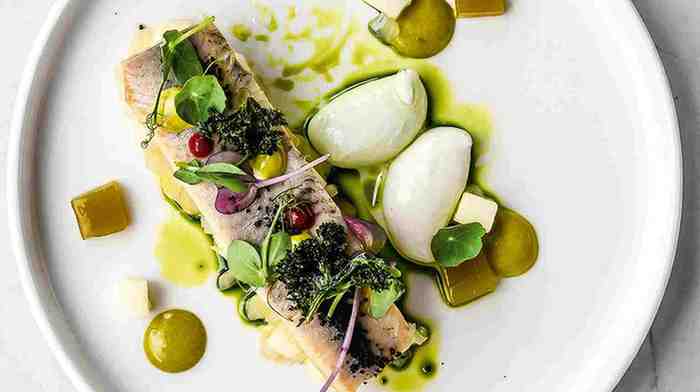The Art of Food Presentation: Making Meals Visually Appealing
The Art of Food Presentation: Making Meals Visually Appealing

The Art of Food Presentation: Making Meals Visually Appealing
Food presentation is a crucial aspect of culinary arts that can elevate a meal from ordinary to extraordinary. A beautifully presented dish not only pleases the eye but also enhances the dining experience. This article explores eight key elements of food presentation to help you create visually stunning meals.
1. Understanding the Importance of Presentation
Food presentation plays a vital role in how dishes are perceived. Research shows that the way food looks can influence taste and enjoyment. A well-presented dish sets the tone for the meal and can make even simple ingredients appear gourmet. Understanding this importance is the first step toward mastering the art of presentation.
2. Choosing the Right Plates and Serving Ware
The choice of plates and serving ware significantly impacts food presentation. Opt for dishes that complement the colors and textures of the food. White plates are popular for showcasing vibrant dishes, while patterned plates can add character. Consider the size and shape of the serving ware to create balance and focus on the food itself.
3. Color Contrast and Harmony
Using color effectively can make a dish visually striking. Aim for a balance of colors that contrasts yet complements each other. Bright greens, reds, and yellows can add vibrancy, while neutral tones provide a backdrop. Think about incorporating a variety of colorful ingredients, such as vegetables, sauces, and garnishes, to create an appealing visual palette.
4. The Power of Height and Layering
Creating height in your presentation adds interest and dimension. Layering ingredients, stacking elements, or using tall garnishes can draw the eye upward. This technique not only makes the dish more visually appealing but also enhances the overall dining experience by inviting curiosity and engagement.
5. Mastering Garnishes and Accents
Garnishes can elevate a dish and provide a finishing touch. Use fresh herbs, edible flowers, or microgreens to add color and texture. Be mindful of the flavors; garnishes should complement the dish rather than overpower it. Additionally, consider using sauces or drizzles creatively to add elegance and flair to the presentation.
6. Creating Focal Points
Every dish should have a focal point that draws attention. This could be a standout ingredient, a unique garnish, or a decorative element. Position the focal point strategically on the plate to guide the viewer’s eye. A well-defined focal point can create a sense of purpose and balance in the overall presentation.
7. Maintaining Cleanliness and Simplicity
A cluttered plate can detract from the beauty of the food. Keep your presentation clean and simple by avoiding overcrowding. Use a clean cloth to wipe any spills or smudges on the plate’s edge before serving. A minimalist approach allows the dish to shine and showcases the ingredients without distraction.
8. Personal Touch and Creativity
Finally, don’t hesitate to add your personal touch and creativity to food presentation. Experiment with different styles and techniques to find what resonates with you. Whether it’s a unique plating style or an unconventional ingredient pairing, your individuality can make your dishes stand out and reflect your culinary identity.
Conclusion
The art of food presentation is about more than just aesthetics; it enhances the overall dining experience. By understanding the importance of presentation, choosing the right serving ware, and incorporating techniques like color contrast and height, you can create visually appealing meals that delight the senses. Embrace your creativity, and let your culinary creations shine on the plate!

